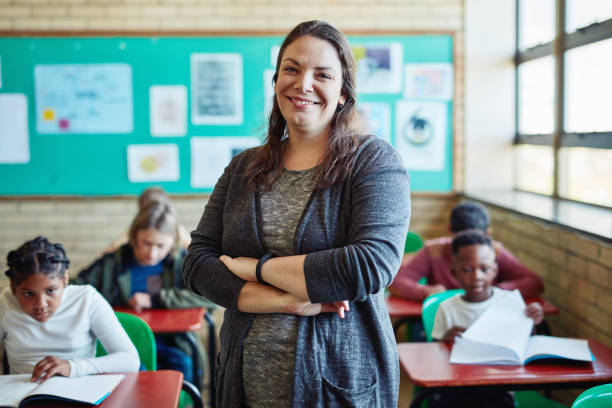
Teachers have long been known as educators. Today, they also serve as advocates for the safety of students. In many cases, this is a difficult balance to keep up, especially in high-risk areas. School shootings, cyberbullying, and other dangers are all on the rise.
To help keep your teaching safe and successful, here are eight ways you can create a safe learning space for your students.
1. Create A Safe and Welcoming Environment in the Classroom
Being open to having students feel comfortable in your classroom is the first step to preserving their safety. The best way to accomplish this is by establishing a safe learning space designed for your students’ needs.
Giving students a sense of control over their environment will encourage them to feel more confident and inclined to ask questions.
2. Educate Your Students on Cyberbullying
Cyberbullying can be intimidating and even dangerous for students who are known targets of the offense. To create a safe learning space where all of your students can thrive, setting up protections against cyberbullying should also be considered.
This can involve installing block features on phones or preventative measures like monitoring texts on cell phones as they’re sent out. It helps to quickly respond when reported.
3. Enlighten Your Students on the LGBTQ+ Community
If a student identifies as part of the LGBTQ+ community, it can feel especially exhausting to explain why they are different from other students. For that reason, creating a safe learning space that your students are comfortable with is essential if you want them to feel safe while in school.
These students may need extra time or support to accept how they conduct their lives and how others perceive them. As a teacher, be sure to provide it if they must thrive there. This will make all of your other attempts at creating a safe learning space even more successful.
4. Be Proactive in Preventing Harassment and Bullying
There are also ways you can prevent harassment and bullying against LGBTQ students while at school. Many schools have anti-bullying policies and practices in place that target such things as name-calling, physical and verbal threats, gossiping, shunning, or isolating classmates.
These can make all the difference when it comes to making your kid feel safe at school – so be sure to implement these practices if they aren’t already put into place.
5. Always Use Logical Consequences
This is one of the most important aspects when planning a safe learning space. Students who can sense that their actions might lead to punishment need to feel like they have some measure of freedom to make it a worthwhile experience. Logic must be used as a tool and students need to understand that consequences are there for their good.
As an educator, you have the power to influence their behavior and create a rather effective deterrent for the type of behavior you’re hoping to avoid in your school setting.
6. Promote Physical Safety
Since physical safety is the foundation of preventing bullying, a physical safety rule that’s put into place should be a standard across all schools. For example, to ensure a student has a safe learning environment, they should be prevented from running through the halls while they’re supposed to have activity periods.
The school should also have rugs for classrooms so that the environment is warm enough, conducive, and safe.
7. Celebrate the Students’ Achievements
Teachers should always be looking for ways to improve the learning environment and encourage students to learn. Giving recognition to high achievers in your school is a great way to motivate others and make them want to work hard in their classes.
If you spend just a few minutes each day praising students who are trying their hardest and performing well, they’ll begin to get the support they need while still feeling as if they’re in control of their education.
8. Focus on Building Student-Teacher Relationships
Teachers and staff members at your school need to develop relationships with their students. This can significantly impact their ability to help them, understand their needs, and ensure that they feel comfortable enough with those around them so that they don’t feel intimidated or overwhelmed by everything occurring at school.
This type of relationship can also help keep teachers accountable, encouraging them to do what it takes to meet the needs of their students better.
Conclusion
Your students must have their own designated space where they feel safe and comfortable when learning. In some schools, this may be an area within a classroom but many students like having their own private spaces where they can concentrate and study without feeling pressured by others around them.
Besides a happy classroom, the students get to perform better in other life aspects.






